The noise is growing — “Salesforce is expensive.” But let’s pause and ask the real question: Is Salesforce inherently costly, or have we implemented it in a way that made it costly?
Let’s break this down.
When the initial decision around licensing was made, was it based on user roles and actual usage — or did we take a blanket approach?
For instance, imagine a company with 50 employees:
- 10 focus on Sales
- 10 on Service
- The rest primarily handle operational workflows
So why are we buying 50 full Salesforce licenses?
This is where the cost creeps in — not because Salesforce lacks flexibility, but because we didn’t leverage that flexibility properly. And yes, this might make Salesforce or the Account Executive happy in the short term, but as a customer, will you be happy in the long run?
That’s when the statement surfaces: “Salesforce is too expensive.”
The truth is: Salesforce offers a range of license types — from Sales Cloud, Service Cloud, to Platform or even partner licenses — and these can (and should) be mapped intelligently based on the user’s actual role and responsibility within the platform.

Our Commitment at Future Pulse: Optimisation First
At Future Pulse, we’re making a conscious shift in how we support our clients.
We will focus not just on implementation or expansion, but on license and usage optimisation:
- Are you using the right license for the right user?
- Are you paying for features that aren’t being used?
- Can we restructure your license mix to better reflect your actual business needs?
By doing this, we ensure you’re not over-licensed, under-utilised, or locked into costly setups that don’t serve your long-term goals.

By doing this, we ensure you’re not over-licensed, under-utilised, or locked into costly setups that don’t serve your long-term goals.
Our goal is not just to sell more — it’s to build lasting trust.
If we help customers optimise their Salesforce usage, they’ll stay longer, grow smarter, and advocate stronger. That’s good for them, and ultimately, good for us.




